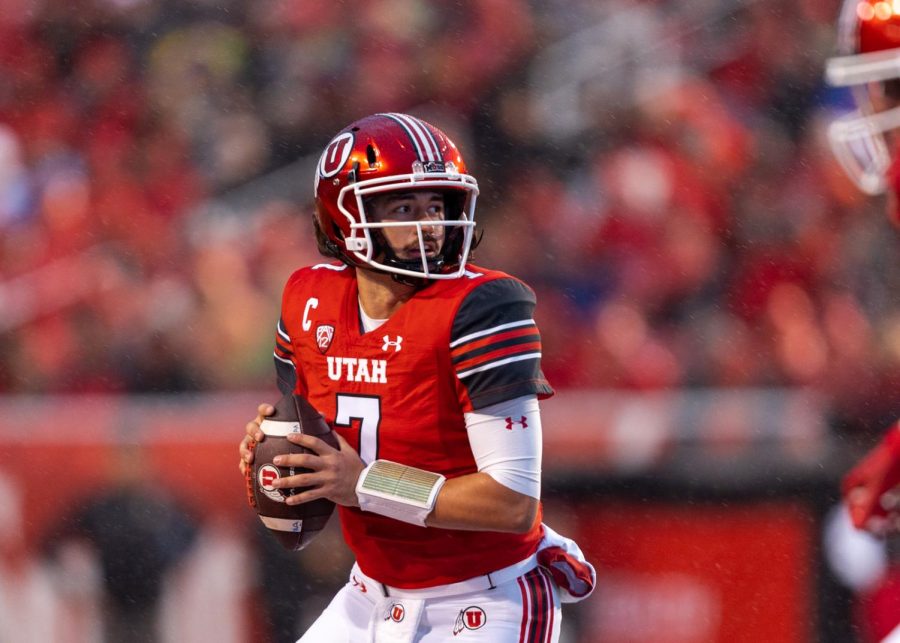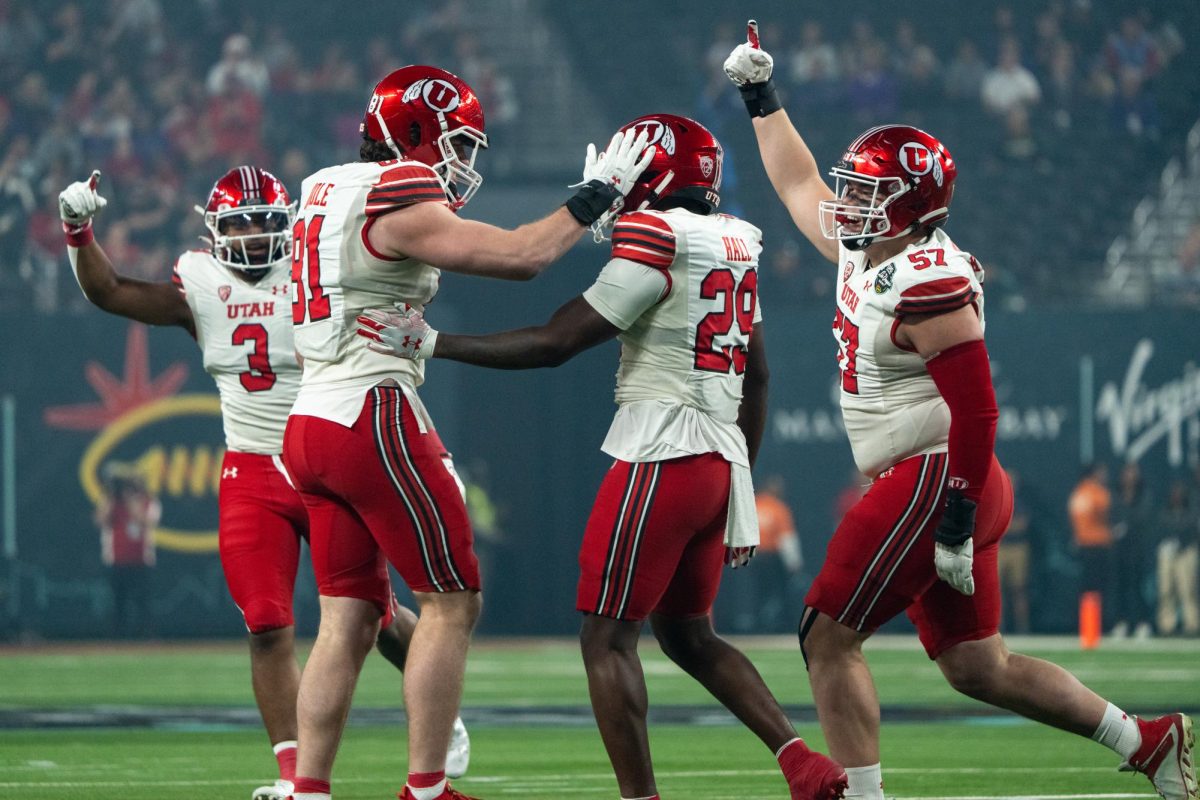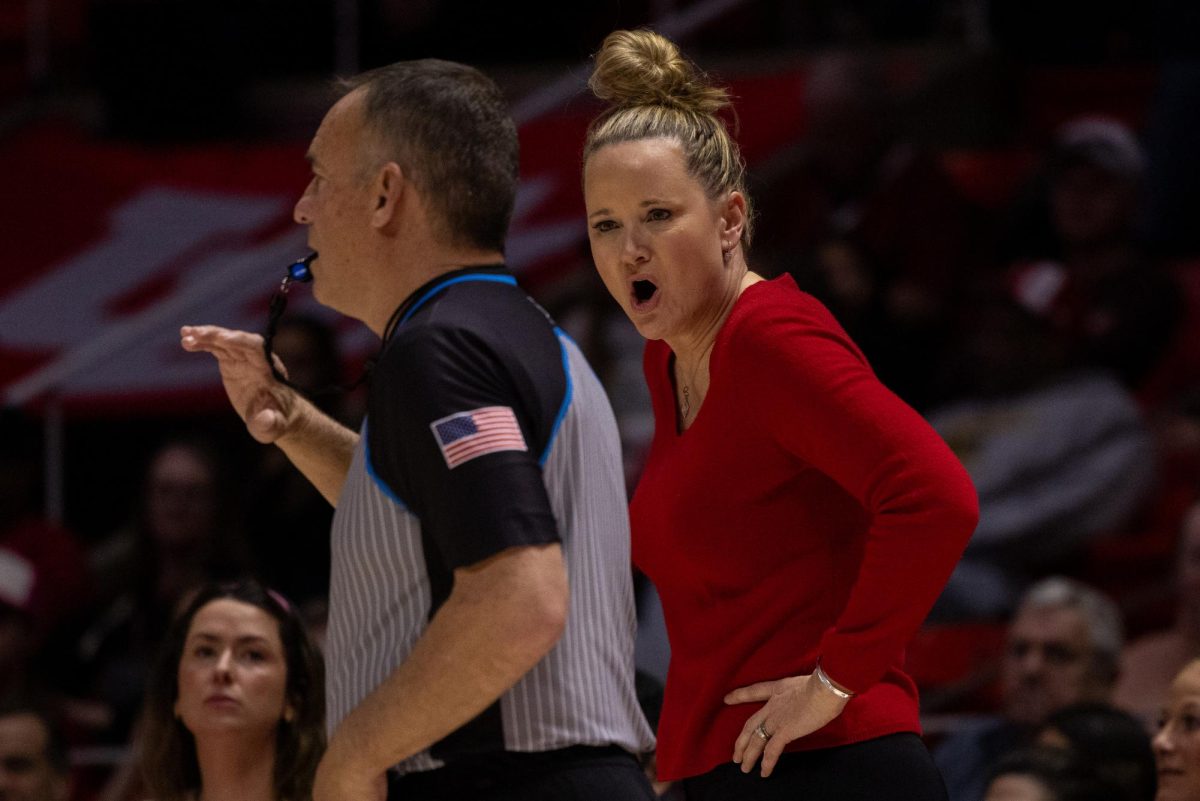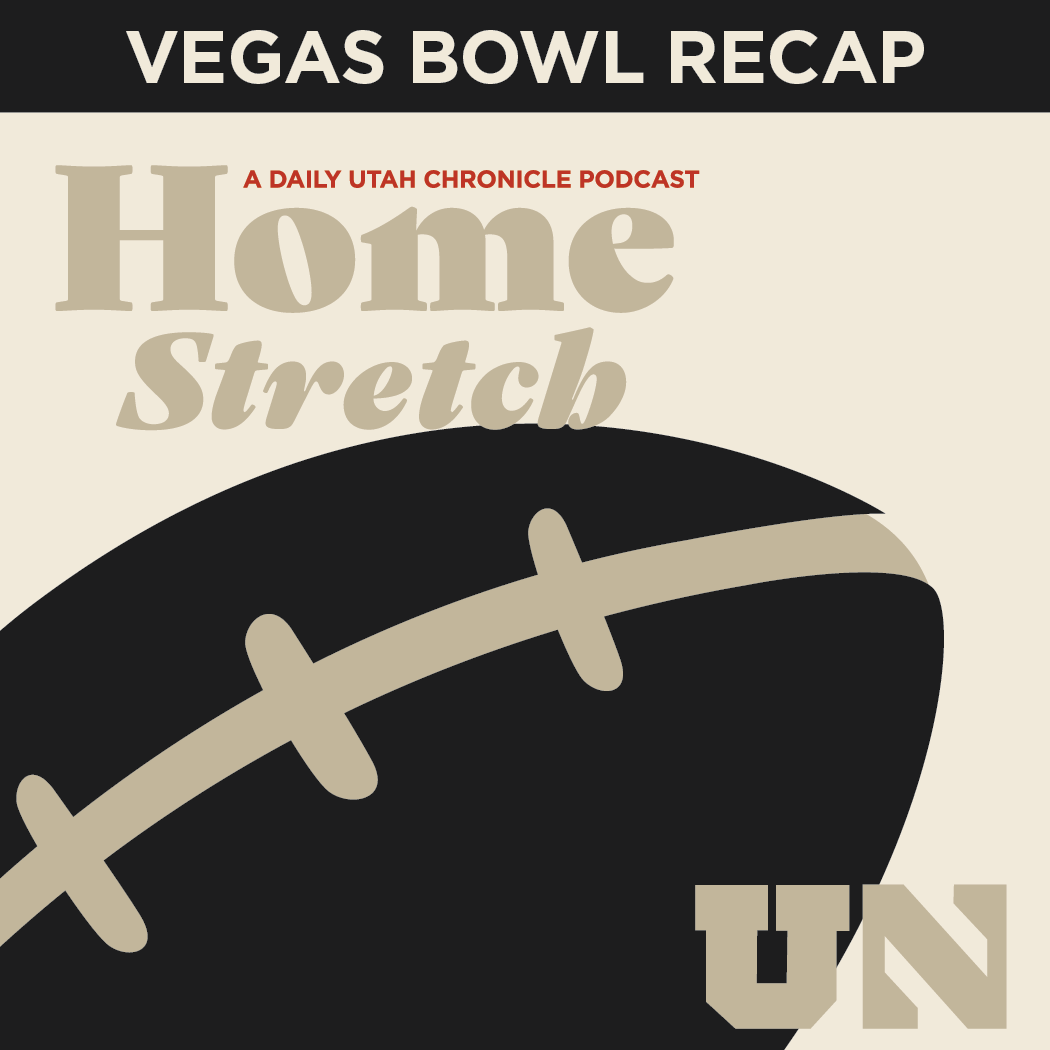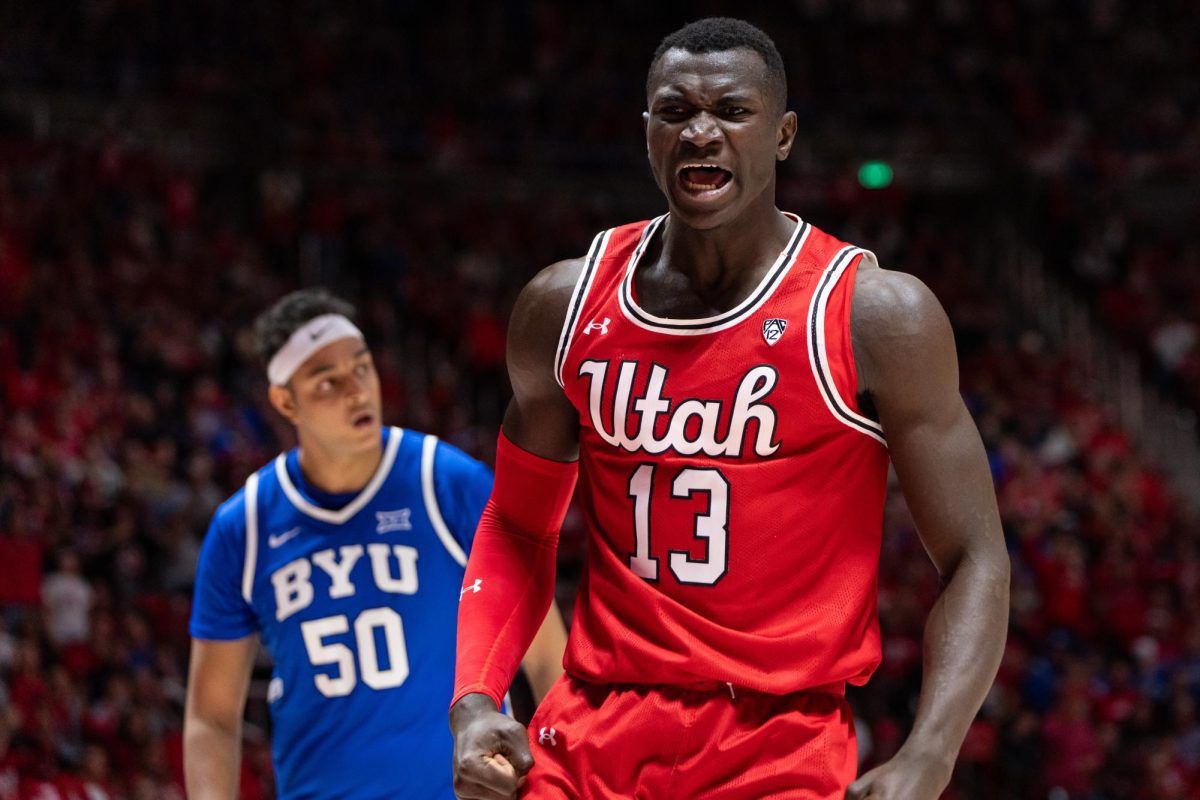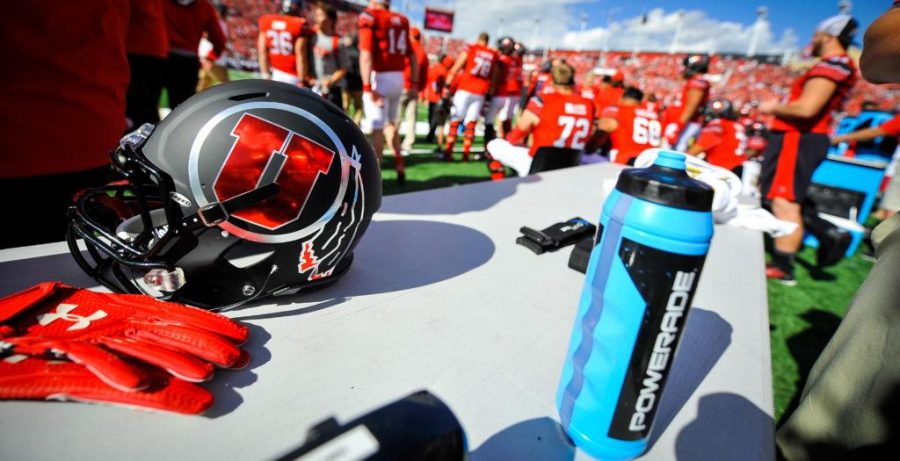OFFENSE
Let’s start with the offense. This year, Utah is averaging 427 yards per game. Last year’s offense (which only eclipsed 400 yards twice) averaged 376 yards per game. That’s a 13 percent increase. If the Utes can stay consistent, they are on pace to end the season with 5,120 yards of total offense, which would be the most since their 2008 Sugar Bowl season — and it’s been a balanced offense too. Through nine games, Utah has 1,912 passing yards and 1,928 rushing yards.
PASSING
Deteriorating passing game: Troy Williams gave Utah fans dreams of an improved passing game in the first weeks of the season when he outperformed the opposition in Utah’s first four games. Since then, the Utah QB has yet to throw for more yards than the opposing quarterback. He hasn’t had a completion percentage of more than 50 percent since week five against Cal, and he has only thrown two touchdowns in the last five games. His average QBR through the first five games was 60.94, but in the last four games it has dipped down to 34.9. That said, he has thrown for more yards per game, he has a better TD-interception ratio and he has already completed more passes of 25 yards or more than Travis Wilson did all last year.
RUSHING
Utah is averaging 214 rushing yards per game. In Kyle Whittingham’s previous 11 seasons as head coach, Utah has averaged 159 rushing yards per game. In the last two regular seasons, there have only been two games in which Utah rushed for fewer yards than its opponent. The rushing attack is lead by Joe Williams. Since returning from retirement, he’s averaging 228 yards per game. Even when you include his two lackluster games from the beginning of the season, he is averaging 152 yards per game, which is better than all but two running backs in all of college football.
RECEVING
Despite missing some time due to injury, Tim Patrick has had 4.1 receptions per game, the most for a Utah receiver since Dres Anderson in 2013. That’s “good” enough for 17th in the Pac-12 (Washington State has four receivers ranked higher). The rest of the receiving corps haven’t been able to put much pressure on opposing defenses. No receiver besides Patrick has more than one touchdown on the season.
THIRD DOWN
Utah is ranked 10th in the Pac-12 in third down conversion percentage. Unsurprisingly, Utah has a much better conversion rate when rushing on third-and-short. But what is surprising is that Utah is more likely to get a first down by running the ball even when it’s 3rd-and-4-9 yards.
RED ZONE OFFENSE
Utah has scored 22 touchdowns on 42 red zone trips (52 percent) — that’s tied for the lowest percentage that Utah has had since joining the Pac-12, and it’s bad enough for second-worst in the Pac-12. Utah is just as likely to finish a red zone trip with a field goal as they are to walk away with no points at all (each having happened 10 times or 23 percent of the time). What makes these numbers even worse is the fact that Utah actually leads the Pac-12 in red zone trips. If the Utes converted red zone trips with touchdowns at the same rate as Oregon (one of the worst teams in the Pac-12 this season) they would have scored eight more touchdowns this season.
TURNOVERS
Through nine games, Utah has the exact same number of forced turnovers and turnovers given up as they did through nine games last year: 23 forced turnovers and 14 turnovers given up. Although last year Utah had three or more turnovers in four of the first nine games, this year Utah has only had three or more turnovers once (against BYU). Since starting its conference schedule, Utah is averaging less than one turnover per game.
DEFENSE
How about the defense? It has almost identical numbers to last year. Through nine games, the 2015 Utah defense gave up 3,290 total yards. This year? 3,289 total yards. Likewise, in 2015 the Utah defense gave up 171 first downs in nine games. This year – 170 first downs. As stated previously, the defense has forced exactly as many turnovers (24) as it had at this point last season. One difference is that this year’s defense has been a little stronger against the pass and a little weaker against the run. The defensive line is on pace to record its fewest sacks and fewest tackles-for-loss since 2012. Utah has also been vulnerable against the big play. Through nine games this year, Utah has given up as many plays on 50+ yards as it did all of last year (seven).
THE DEFENSIVE LINE
The D-line has been the pride of Utah’s team for many years, culminating in the 2014 season that led to Salt Lake City being renamed “Sack” Lake City. But based on projections for this year’s team, Utah is on pace for a 41 percent decrease in sacks since 2014 and a 25 percent decrease in tackles-for-loss. That would only be slightly better than the production the D-line had when Utah first entered the Pac-12.

PENALTIES
Utah has been noticeably undisciplined this season, particularly on the offensive line. Through nine games, Utah has accrued 68 penalties. Last year, Utah had 72 on the entire year. And the weird thing is, Utah is averaging 2.8 more penalties per game at home than it is on the road.
LOOKING FORWARD
With three games remaining and the Pac-12 South title on the line, the question is, will Utah be able to avoid a collapse similar to last year? In the first nine games of 2015, Utah was great. The Utes were 8-1 and they were averaging 33 points per game. Then Utah lost two of the next three games thanks to an offense that suddenly couldn’t produce, only scoring 19 points per game, a 42 percent decrease. It also turned the ball over 53 percent more often, from 1.5 per game to 2.3 per game.
@jusstadams







